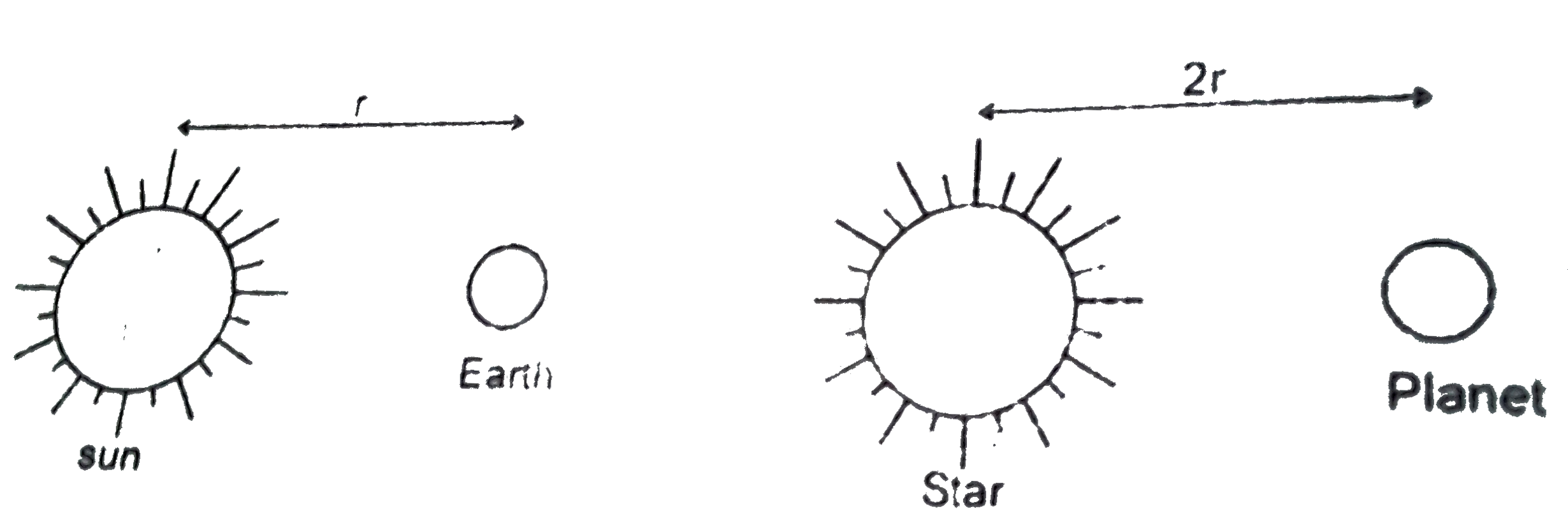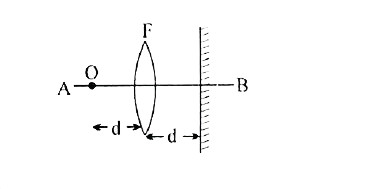Figure shows a point object and a diverging lens

Find the final image formed.
1v−12u=1f
1v=1−10+1(−10)=−210⇒v=−5cm
Topper's Solved these Questions
- GEOMATRICAL OPTICS BOOK - RESONANCE ENGLISHCHAPTER - GEOMATRICAL OPTICS EXERCISE - Exercise-1
141 Videos
- GEOMATRICAL OPTICS BOOK - RESONANCE ENGLISHCHAPTER - GEOMATRICAL OPTICS EXERCISE - Exercise-2
62 Videos
- GEOMATRICAL OPTICS BOOK - RESONANCE ENGLISHCHAPTER - GEOMATRICAL OPTICS EXERCISE - Advance level Problems
35 Videos
- EXPERIMENTAL PHYSICSBOOK - RESONANCE ENGLISHCHAPTER - EXPERIMENTAL PHYSICSEXERCISE - PART -II
10 Videos
- GRAVITATIONBOOK - RESONANCE ENGLISHCHAPTER - GRAVITATIONEXERCISE - HIGH LEVEL PROBLEMS
16 Videos
Similar Questions
Two plane mirrors are inclined to each other at an angle 60∘ if a ray of light incident on first mirror parallel to the second mirror, it is reflected from the second mirror
View SolutionAn object is placed in front of a slab (μ=1.5) of thickness 6cm at a distance 28cm from it. Other face of the slab is silvered. Find the position of final image.
View SolutionA U-shaped wire is placed before a concave having radius of curvature 20 cm as shown (18-E1). Find the total length of the image.

View SolutionTwo full turns of the circular scale of a screw gauge cover a distance of 1 mm on its main scale. The total number of division on the circular scale is 50. Further, it is found that the screw gauge has a zero error of −0.03 mm while measuring the diameter of a thin wire, a student notes the main scale reading of 3 mm and the number of circular scale division in line with the main scale as 35. The diameter of the wire is
View SolutionLet a star be much brighter than our sun but its mass is same as that of sun If our earth has average lift span of man as 70years In the earth like planet of this star system having double the distance from our star find the average lift span of a man on this planet in terms of our year
 .
.
View SolutionTwo diverging lenses are kept as shown in figure. The final image formed will be
View SolutionA point ofject 'O' lies in front of the lens as shown in figure. Find the final position of image formed by the combined lenses.
View Solution
A point object is placed at the focus of the bio-conved lens. What should be the value of X, so the final image forms at infinity?
View Solutiona) A small object is placed 150 mm away from a diverging lens of focal length 100 mm.
i) Copy the figure below and draw rays to show how an image is formed by the lens.

ii) Calculate the distance of the image from the lens by using the lens formula.
b) The diverging lens in part a) is replaced by a converging lens also of focal length 100 nm. The object remains in the same position and an image is formed by the converging lens. Compare two properties of this image with those of the image formed by the diverring lens in part a)
View SolutionFigure shows a point object and a converging lens. Find the final image formed.
View SolutionFigure shows a point object and a divegoing lens

Find the final image formed.
View SolutionA diverging mirror of radius of curvature 40 cm forms an image which is half the height of the object. Find the object and image positions.
View Solutionचित्र 9.74 में प्रदर्शित लेंस निकाय द्वारा बने वस्तु के प्रतिबिम्ब की स्थिति ज्ञात कीजिए |
View SolutionIn the figure shown ‘O’ is point object. AB is principal axis of the converging lens of focal length F. Find the distance of the final image from the lens.

View SolutionA diverging lens with magnitude of focal length 25 cm is placed at a distance of 15 cm from a converging lens of magnitude of focal length 20 cm. A beam of parallel light falls on the diverging lens. The final image formed is
View Solutionएक अपसारी लेंस, किसी वास्तविक वस्तु से वास्तविक प्रतिबिम्ब नहीं बना सकता।
View Solution
